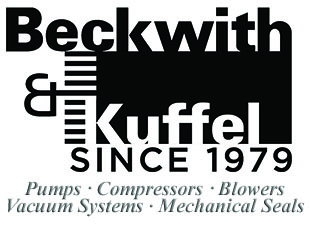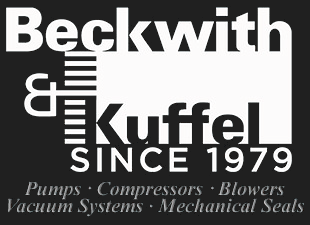9. Divide all corrected readings by two because they are TIR readings taken on the outside of a circle. a. Remember, when the dial indicator reads positive, the probe is being pushed in. When it reads negative, the probe is extended.
10. Determine shim change.
a. Lay out the machine dimensions on the plotting board transparency.
1. Once the scale is determined you must be consistent and use only that particular scale.
b. Referring to Our example, you must use the "C" scale on the bottom horizontal axis. The bottom horizontal axis represents the physical dimensions of the machine.
C. The left vertical axis represents the misalignment/shim correction scale.
d. Locate,S,A,l8,O8,
1. S is located where the vertical and horizontal axis of the overlay Intersect, S represents the location of the stationary reference plane.
2. A is marked on the horizontal axis and represents the location of the adjustable reference plane. In our example, it is marked at 7" on the C scale.
3.8 is marked on the horizontal axis and represents the location of the inboard foot of the adjustable machine. In our example it is marked at 15" on the C scale.
4.08 is marked on the horizontal axis and represents the location of the outboard foot of the adjustable machine. In our example it is marked at 36" on the C scale.
5. Mark reference on the plotting board transparent vertical scale.
11. Plot shim change for vertical correction first.
a. Transform worksheet data to the plotting board. 1. Set S at 0.009" low mark based on the E vertical scale
2. Set at 0.0035" high mark based on the E vertical scale
b. Draw vertical lines from the lB and OB locations on the red line to the horizontal zero line on the plotting board. C. Count the vertical distances from the lB and OB marks to the horizontal zero line using the correct scale, in our case the E scale, these values are the shim changes at the inboard (lB) and outboard (08) feet of the adjustable machine.
12. Make shim change.
13. Repeat Step 11 for horizontal correction.
14. Check alignment.
a. The machines should be aligned at this point; if not, repeat Steps 11 and 12.
15. Inspect final alignment and record all results.


